Being one of the most important automobile brands in the world today, the French Citroën brand has shown that success is something deserved by producing more than 300 models in the automobile market where it has been in for more than 100 years. Let’s take a closer look at the surprising details of Citroën’s story, which is full of battles, challenges and races.
Citroën, one of the most important brands in the world, whose name you cannot pass without mentioning when talking about the automobile, has gained a considerable place in the automobile market after a journey of more than 100 years. There are more than 300 models signed by Citroën, which design not only cars but also a lifestyle. The brand, which has a hundred years of history, is one of the most important living witnesses of recent history.
The history of the Citroën brand includes wars, economic crises, races and, more importantly, a story of perseverance. Not only the founder of the brand, André Citroën, but also other managers who took this flag from him and brought the brand to the present are the secret heroes of success. Surprising details are hidden in the story of the French Citroën brand, which is an automobile giant today, full of success as well as difficulties.
It all started with the bullet production:
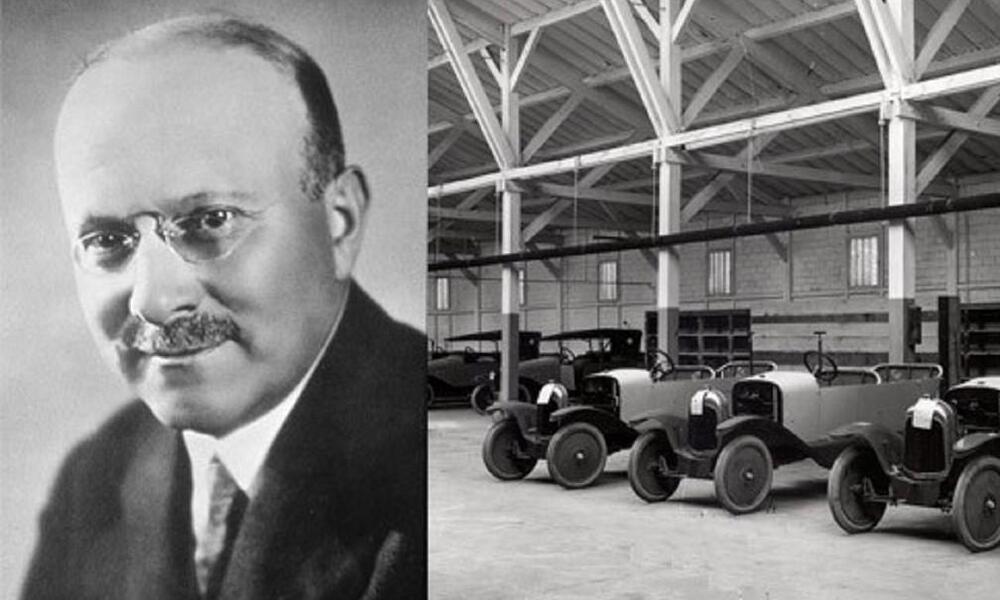
The founder of the Citroën brand, engineer André Citroën, born in 1878, set up a gear manufacturing factory with his friends after he left the army, where he worked as an engineer officer. During World War I, this factory started to produce 20 thousand howitzer shells a day, and after a few weeks, 55 thousand howitzer shells a day. After the war was over, André Citroën decided to shift its manufacturing power to the automobile manufacturing market.
In 1919, the first Citroën car, the Type A, was launched. André Citroën, who understood the importance of advertising, had Citroën written in the sky with an airplane at the 1922 Paris Motor Show. In 1925, this time the Citroën script was written on the 30-meter-high Eiffel Tower using 600 kilometers of cable.
André Citroën prepared a special fleet to demonstrate the power of semi-tracked vehicles launched in 1922 and sent this fleet to the African deserts. Together with the B10 model, the first steel-bodied automobile, these vehicles proved their power by crossing the African continent from north to south. Citroën produced 50,000 vehicles in 1924.
The first models produced by Citroen:
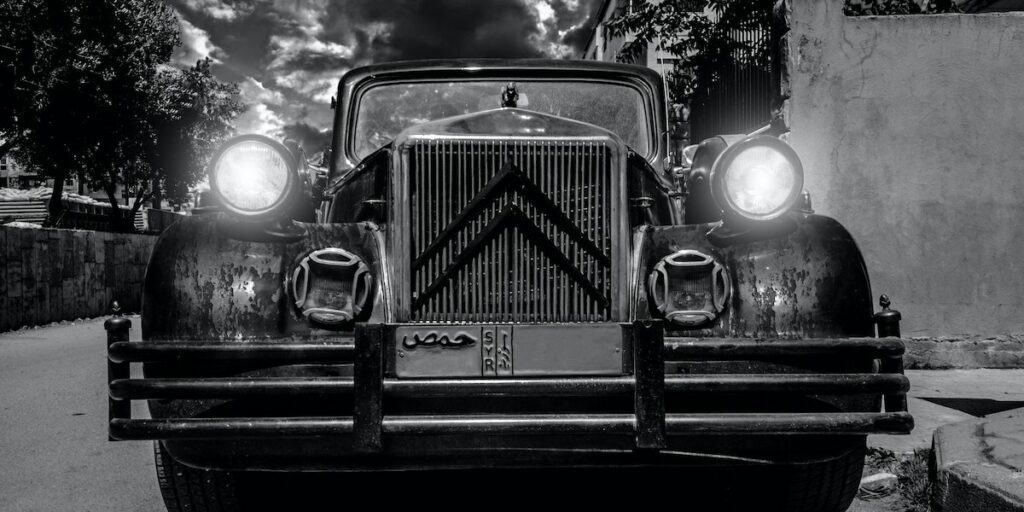
After introducing the B15 model, the first French commercial vehicle, together with the B14 model, one of the most luxurious vehicles of the period, Citroën introduced the first high-speed truck, the C6 1, and the improved C4F model in 1929. In 1931, André Citroën set his sights on the Asian market and performed a show similar to the one in Africa.
Citroën continues its development process without slowing down; After introducing the 8CV, 10 CV and 15 CV models at the Paris Motor Show, it brought a new breath to the automobile world in 1934 with the Type 7A model. However, even these innovations could not prevent the company from entering a difficult process.
In 1935, after the death of André Citroën, the founder of the Citroën company, Pierre Boulanger succeeded him as CEO. Boulanger’s legacy was an endless struggle with the government over serious financial difficulties and Michelin debts. The company had no choice but to take steps to start all over again.
World War II and the blown up Citroën factory:
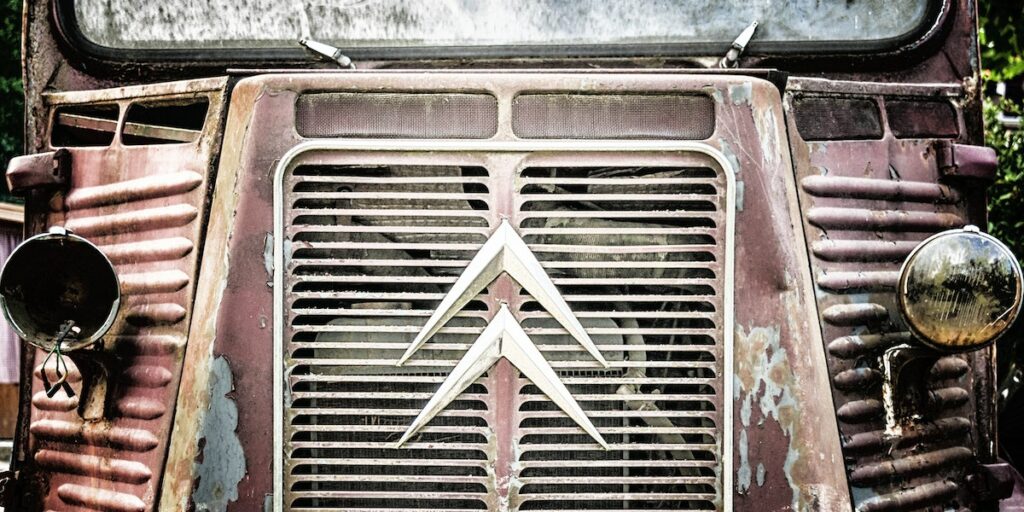
After 1936, Citroën was introducing new models one after another and regaining its former power. Among the models introduced during this period were 11 MI diesels, the new member of the Traction Avant series, the 15-Six, and the new commercial vehicle TUB. In this process, vehicles were renewed and it was aimed that gasoline models would offer much stronger performance.
Citroën’s work did not slow down even during World War II, until 1945, when their factory in Javel was blown up during a bombardment. The company, which quickly healed its wounds, managed to present the 11B, 11BL and 15-SixG models at the Paris Motor Show in the same year. In 1948, the 2CV model was introduced, with a production of more than five million by 1990.
1955 and later Citroën introduced the DS, which looked like it came out of a science fiction movie at that time, the 46 DCU, the first four-wheel drive truck, and the ID 19, which would win the Monte Carlo rally. With ID 19, Citroën announced to everyone that it is one of the automobile brands ready to take its place in the racing world.
The years go by fast for Citroën:
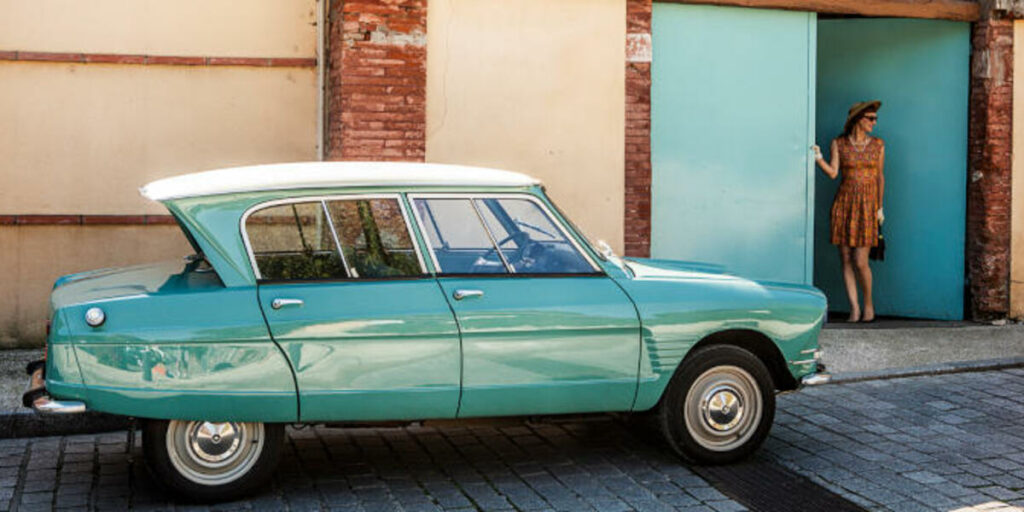
In 1961, Citroën broke new ground by putting the Ami 6 model on sale all over Europe on the same day, and left an unforgettable mark on Europe in the 1960s with its legendary Dyane series. Citroën, which launched the SM model in collaboration with Maserati in the early 1970s, was selected as the car of the year in 1971 with the GS model.
In 1978, the commercial vehicle Acadiane, the compact version of the Dyane series, was introduced. In the same year, Citroën became the favorite brand of the Paris Motor Show with its LNA and Visa models. Continuing its efforts to make commercial vehicles more compact in the 1980s, Citroën was again in a pioneering position with its more sports and daily use models.
The Citroën XM model was the company’s breaking point:
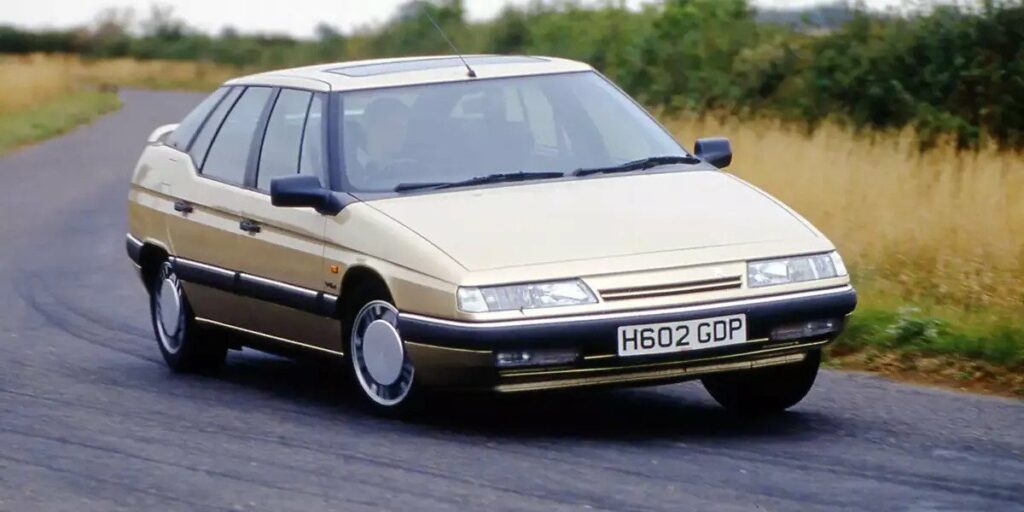
The Citroën XM model left its mark on the automobile world in 1990 by receiving 14 international awards. With the ZX Rallye model winning the 13th Paris-Dakar rally, it was revealed that Citroën now has an unwavering place in the racing world.
The Paris Motor Show celebrated its 100th anniversary in 1997 after the introduction of the AX Electric and the now legendary Saxo models. During the celebration, of course, Citroën, the favorite brand of the fair for years, came to the fore and presented the Xsara Picasso model to the car lovers.
Citroën in the 21st century:
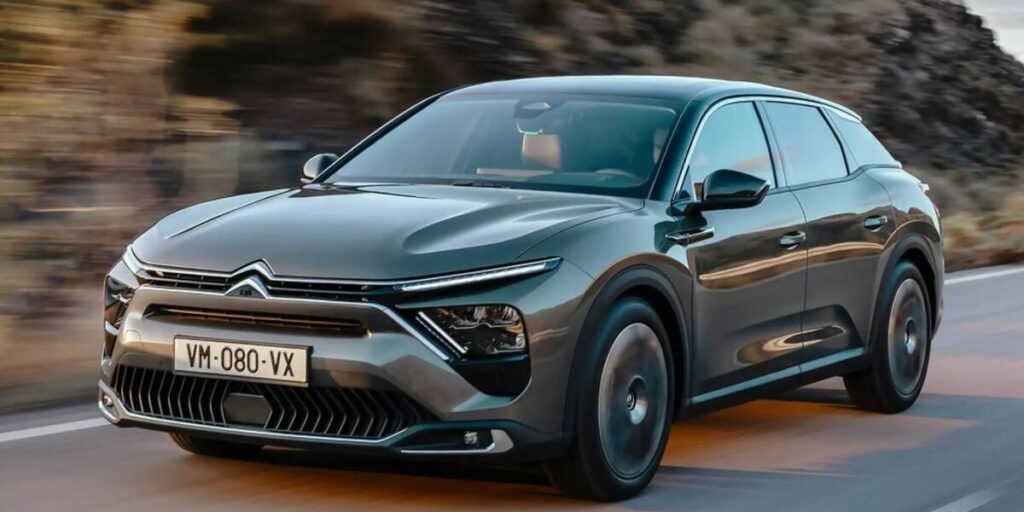
In the 2000s, Citroën entered the World Rally Championship and made a name for itself with the improved versions of the C3, C5 and C8 models. The C-Crosser model, the first SUV of the brand, was introduced in 2007. In 2008, the new Citroën C5 was introduced, bringing a new breath to the automobile world.
Taking on a new identity after 2009, Citroën introduced the new C3, C-Zero, C4 models one after the other, and started to become the Citroën we know today, with the rightful pride of being a world-class brand.
The journey that Citroën founder André Citroën started by producing bullets in a small factory took more than 100 years and today Citroën has become one of the most important brands worldwide. Bringing more than 300 models to the automobile world on this fascinating journey, Citroën continues its innovative works without slowing down.
